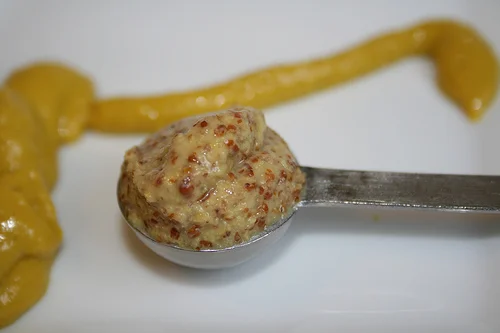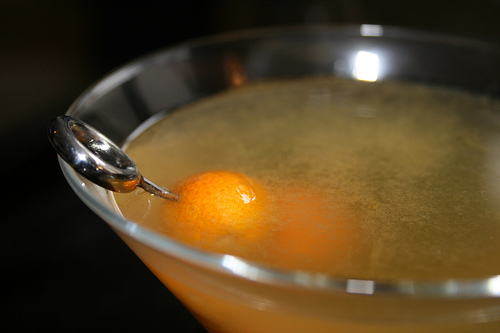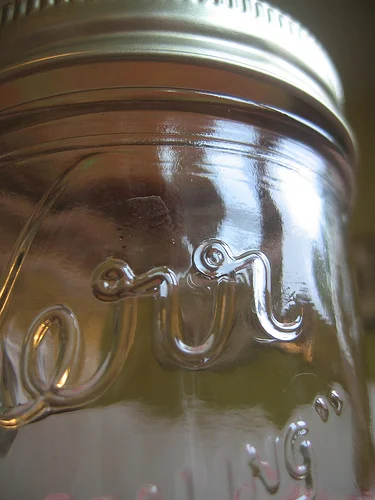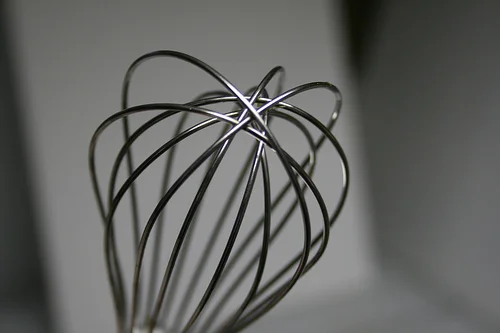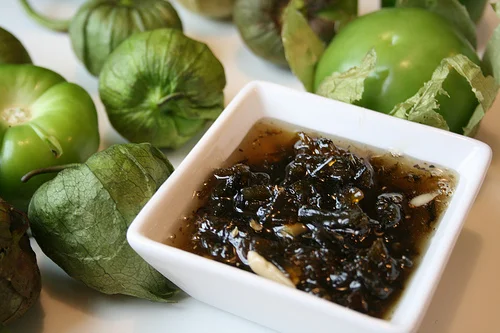some baked-in science, and a little mustard magic.
Baked goods are best fresh, right out of the oven and the same day they are made. Why is that anyway? Because after they come out of the oven, they continue to lose moisture. And moreover, when you see the day-old pastries for sale at your corner coffee shop, they are usually individually wrapped in saran wrap. Do you know why? Because it helps keep that same moisture in just a little bit more than if it sat in a case, exposed to the air. I am already appreciating the science behind baking. My baking CHEF simplified it like this: baking is really about knowing the science behind 10 ingredients. Know these inside and out and you will understand baking. A few of these ingredients? Butter, flour, yeast, baking soda, baking powder, sugar...
I like learning little details like this. This has so much to do with why I am going to culinary school; it is a fact-finding mission. Only I traded in the spy glasses for a chef coat and a thermometer.
Another example:
I was making a salad dressing at home the other night, and a big grin crept across my face as I tossed in a measly teaspoon of mustard. Do you know why (shall I stop with the redundant questions already?)? Because I now know that mustard is magic. It contains lecithin, and is the third party that ushers in the marriage of oil and vinegar. The little ingredient that could, whether wet or dry mustard, it creates the emulsion of oil and vinegar---the mixing of ingredients that don't normally mix. Egg yolks offer the same magic... in case you wanted to know.
By the way, don't be alarmed if your vinaigrette dressing separates again; the magic isn't gone, it is just science stepping in. Emulsions can be temporary (vinaigrette, especially temporary if you don't have mustard or yolk), semi-permanent (hollandaise) or permanent (mayonnaise).
I won't go on, though I am tempted. Just remember, when mixing in mustard, you too are part of the kitchen-making magic. We are not only cooks, but also scientists and magicians.
Mustard Vinaigrette 2 T wine vinegar (or fresh lemon juice) coarse salt & pepper, to taste 2/3 cup salad oil (olive or canola) 1 1/2 tsp mustard optional: 1-2 tsp honey
Place in jar and shake like mad; OR listen to age-old, proven instructions and add the oil in a constant drizzle while whisking (also called aerating---it helps the emulsion process as well).
Some other mustard dressings around the web:
- Honey Mustard Dressing from Food Network
- Ginger Honey Mustard from Group Recipes
- Creamy Tarragon Mustard Dressing from Letite's Culinaria
- Cream Dijon Dressing from Epicurious

